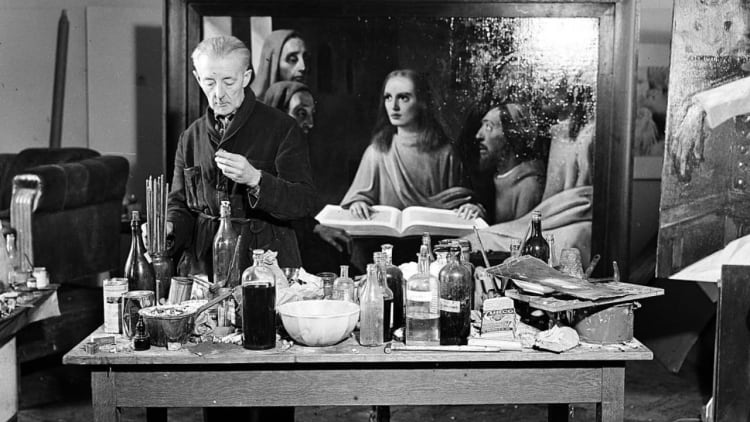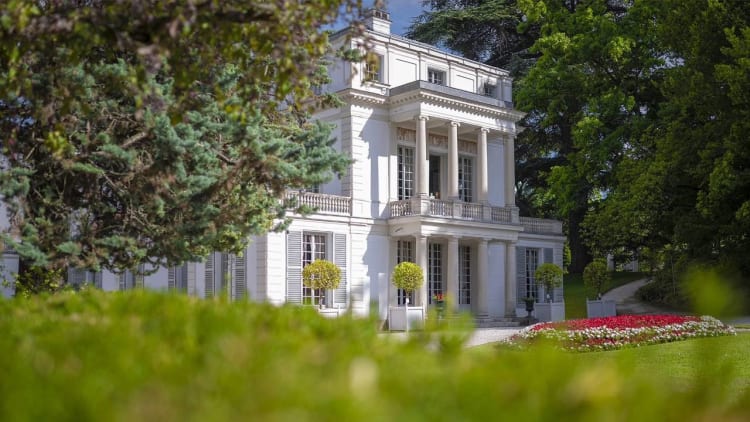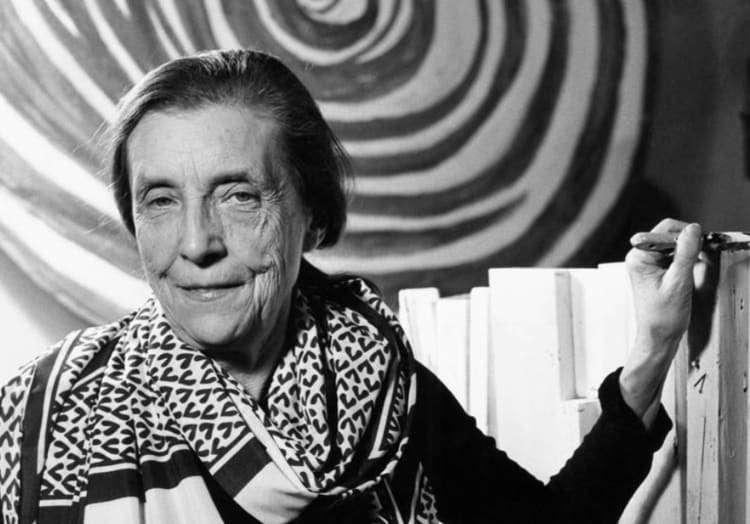Art has always been a field where authenticity and originality are essential. However, some people with an extraordinary talent for copy and fakery have fooled even the most experienced art experts.
This article takes a look at the five most important forgers in the history of art, masters of illusion who left their mark on their times in their own way.

1 - Han van Meegeren: Vermeer's forger
Han van Meegeren is a 20th-century Dutch painter and probably the most famous of all forgers.
His masterpiece of forgery was the creation of fake paintings attributed to Johannes Vermeer.

Van Meegeren was able to convince the most renowned experts of his time, creating works of exceptional quality, using ancient techniques and materials to give his pieces a special patina.
His crowning achievement was the sale of The Supper at Emmaus to the Boymans Museum in Rotterdam in 1937.
2 - Elmyr de Hory: The international hustler
Hungarian-born Elmyr de Hory is another renowned forger. His talent for reproducing the styles of 20th-century masters such as Pablo Picasso, Henri Matisse and Amedeo Modigliani has enabled him to sell thousands of forgeries to art galleries and collectors worldwide.

First trained at the Heinmann Academy in Munich, then at the Académie de la Grande Chaumière in Paris with Fernand Léger as his master, his story was popularized by Emil Forgy's book Fake! and Orson Welles's documentary F for Fake.
3 - Eric Hebborn: The romantic forger
Eric Hebborn, a British artist, is known for his forged drawings attributed to old masters such as Pierre-Paul Rubens and Giovanni Battista Piranesi.
Hebborn was academically trained and used sophisticated techniques to age his works, making them extremely difficult to detect.

After being unmasked, Hebborn published his autobiography Drawn to Trouble in 1991, in which he detailed his methods.
He died in the middle of Rome in 1996; to this day, the perpetrator of this assassination remains unknown.
4 - Tom Keating: The art of revenge
Tom Keating, another Briton, used his skills as a forger to take revenge on the art world he considered corrupt.
Keating produced thousands of forgeries attributed to various artists, inserting small intentional errors.
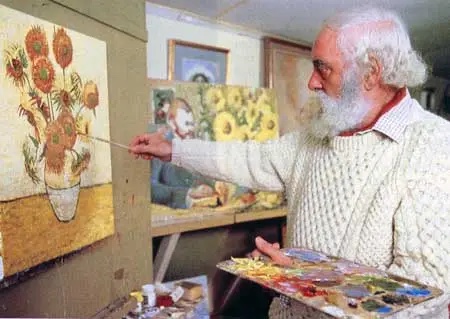
Regularly restoring paintings, he sometimes came across works from major collections bearing labels corresponding to works listed in sales catalogues. He used his contacts and acquaintances to invent false provenance for his paintings.
His story is told in the book The Fake's Progress by Geraldine Norman.
5 - Wolfgang Beltracchi: The art chameleon
Wolfgang Beltracchi is a contemporary forger who has successfully fooled the art world for over 40 years in partnership with his wife Hélène.
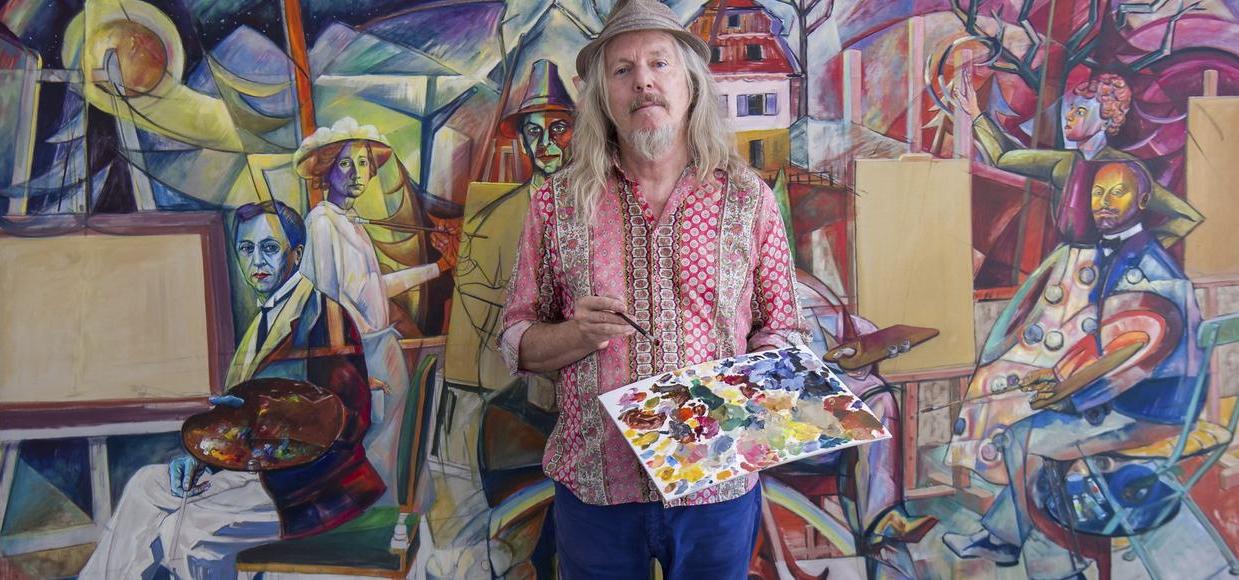
He created hundreds of fake paintings attributed to artists such as Max Ernst, Heinrich Campendonk and André Derain. Using ageing techniques and period materials, Beltracchi managed to sell his works for millions of dollars before finally being arrested in 2010.
His story has been widely publicised, notably in the documentary Beltracchi: The Art of Forgery.
In conclusion
Art forgers often have exceptional artistic talent, enabling them to create works that defy even the most seasoned experts.
Their stories are a fascinating reminder of the complexity of the art world and the importance of vigilance and expertise in authenticating works of art.
By exploring the lives and methods of these forgers, we gain a better understanding of the challenges faced by museums, collectors and experts in preserving the integrity of our artistic heritage.

